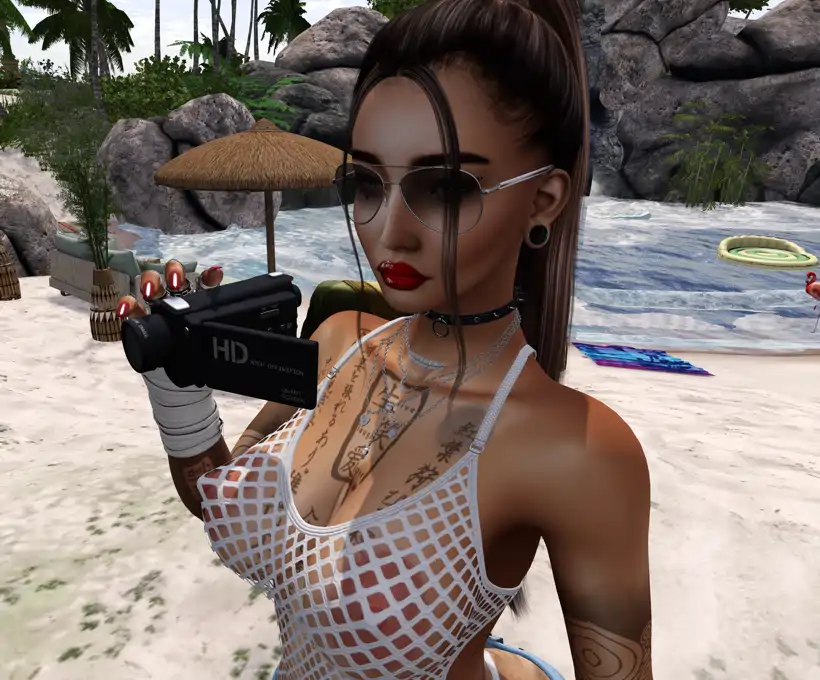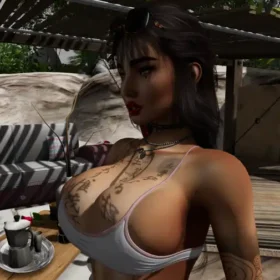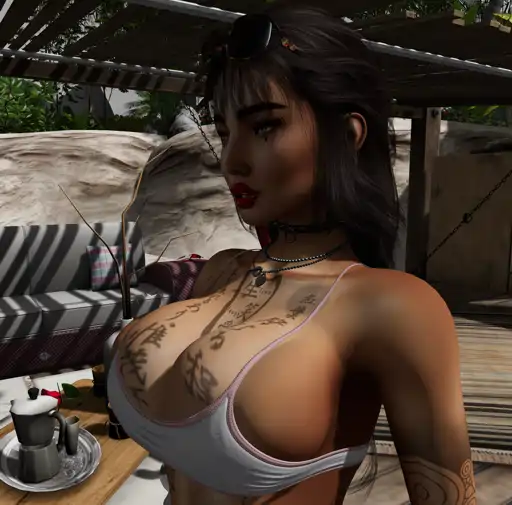How to Create Movies in Second Life: A Step-by-Step Guide

Second Life isn’t just a virtual world for socializing and creativity-it’s also a powerful platform for making movies, known as machinima. Whether you want to tell a dramatic story, create a music video, or document virtual events, Second Life offers the tools and flexibility to bring your cinematic vision to life. Here’s how to get started.
Plan Your Movie
Before you log in and hit record, planning is essential:
- Script & Storyboard: Write your script and sketch out a storyboard. This helps visualize scenes, camera angles, and transitions. Decide on locations, characters, and props needed for each shot.
- Casting: Recruit actors (other avatars) or use your own alts for different roles. If you need extras, you can composite them in post-production using chroma key techniques.
- Scheduling: Coordinate with your cast and crew, especially if you’re borrowing locations or need custom props built. Efficient scheduling saves time and minimizes disruptions.
Set Up Your Tools
To capture smooth, high-quality footage, you’ll need:
- A Capable Computer: Second Life is resource-intensive, and recording video adds extra load. Aim for a machine that exceeds the recommended specs for SL to ensure high frame rates (ideally 30+ FPS for smooth footage).
- Screen Capture Software: Popular choices include OBS Studio, FRAPS, or Bandicam. These record your screen as you direct scenes in-world.
- Editing Software: After recording, use video editors like Adobe Premiere, DaVinci Resolve, or free alternatives such as Shotcut to cut, arrange, and polish your footage.
- Second Life Viewer: Many machinima creators use the Firestorm viewer for its advanced camera controls and machinima-friendly features.
Prepare Your Second Life Environment
- Graphics Settings: Tweak your graphics preferences for the best balance between visual quality and performance. Use the “Custom” settings and adjust draw distance, shadows, and window size. Recording at 1024×768 is a good compromise.
- Hide the UI: Remove the Second Life interface (Ctrl+Alt+F1 and Shift+Alt+H) for clean footage.
- Camera Mastery: Learn to control the camera smoothly using shortcuts (Alt + mouse for zoom and pan). Consider using scripted camera objects for dolly shots or complex movements.
- Set Design: Build or decorate your sets in advance. Use SL’s building tools or purchase assets from the marketplace
Filming Your Scenes
- Directing: Move avatars, trigger animations, and direct camera angles according to your storyboard. Capture multiple takes and angles for flexibility in editing.
- Performance Tips: Record extra frames before and after each action to make editing easier. Limit the number of avatars in a scene to maintain smooth frame rates.
- Camera Movement: Experiment with static shots, pans, and tracking shots. Avoid moving the camera too quickly to prevent disorienting the viewer.
- Lighting: Use in-world lighting to set the mood. Adjust time of day and environmental settings for each scene.
Post-Production
- Editing: Import your footage into your video editor. Assemble scenes, trim excess frames, and add transitions. Overlay dialogue, music, and sound effects as needed.
- Sound: Record voiceovers or dialogue separately and sync them in post. Add background music and sound effects, ensuring you have the rights to use them.
- Special Effects: Use chroma key (green screen) techniques to composite avatars or effects. Enhance visuals with color grading and overlays if desired.
- Render and Share: Export your finished movie and upload it to platforms like YouTube or Vimeo. Share your work with the Second Life community and beyond.
Tips from Experienced Second Life Filmmakers
- Capture More Than You Need: Record multiple takes and angles-you can always delete unused footage, but you can’t go back for a missed shot.
- Collaborate: Working with others can add depth and variety to your movie, but be prepared for the added complexity of scheduling and coordination.
- Practice Camera Skills: The camera is your most important tool-master its controls and experiment with different techniques to develop your unique style.
- Stay Inspired: Watch other Second Life machinima for ideas and techniques. The “Made in Second Life” series and creators like Pryda Parx and Teal Aurelia showcase the platform’s storytelling potential.
Creating movies in Second Life is a blend of virtual world creativity, technical skill, and traditional filmmaking craft. With careful planning, the right tools, and a willingness to experiment, you can produce compelling machinima that rivals real-world productions-all from your digital studio.
Happy filming!

